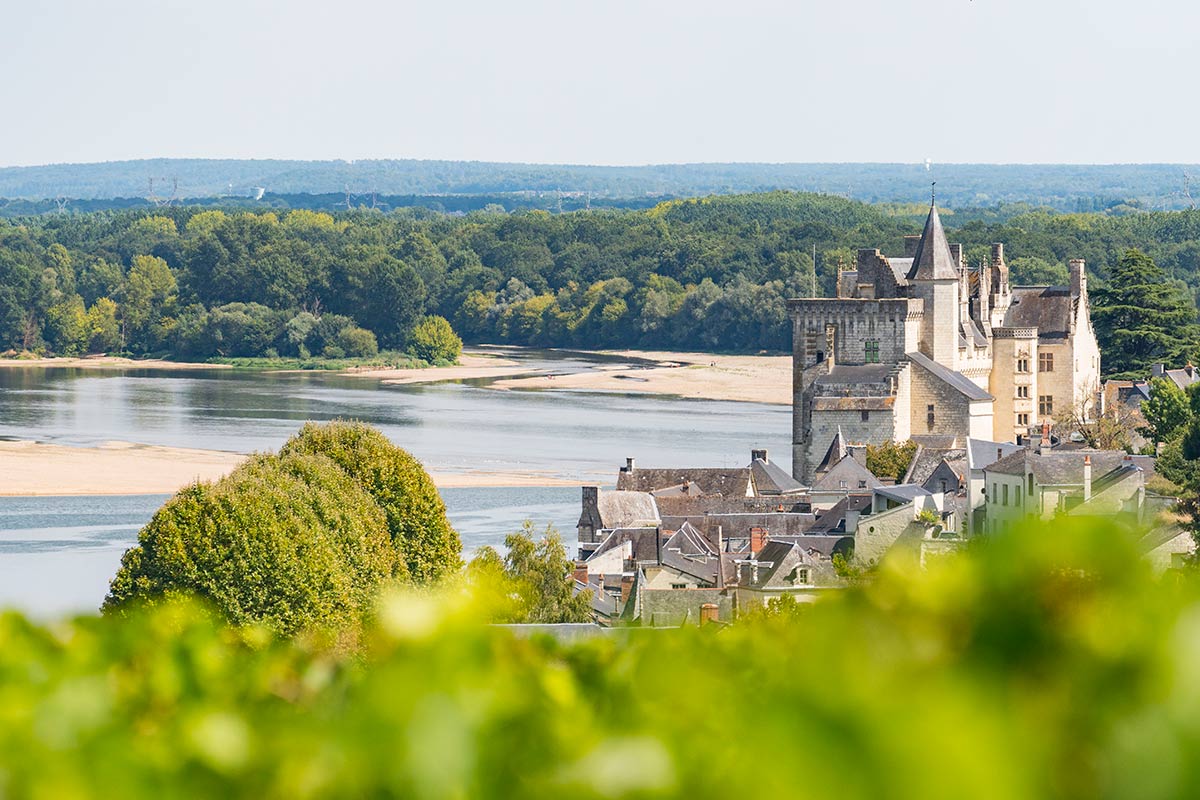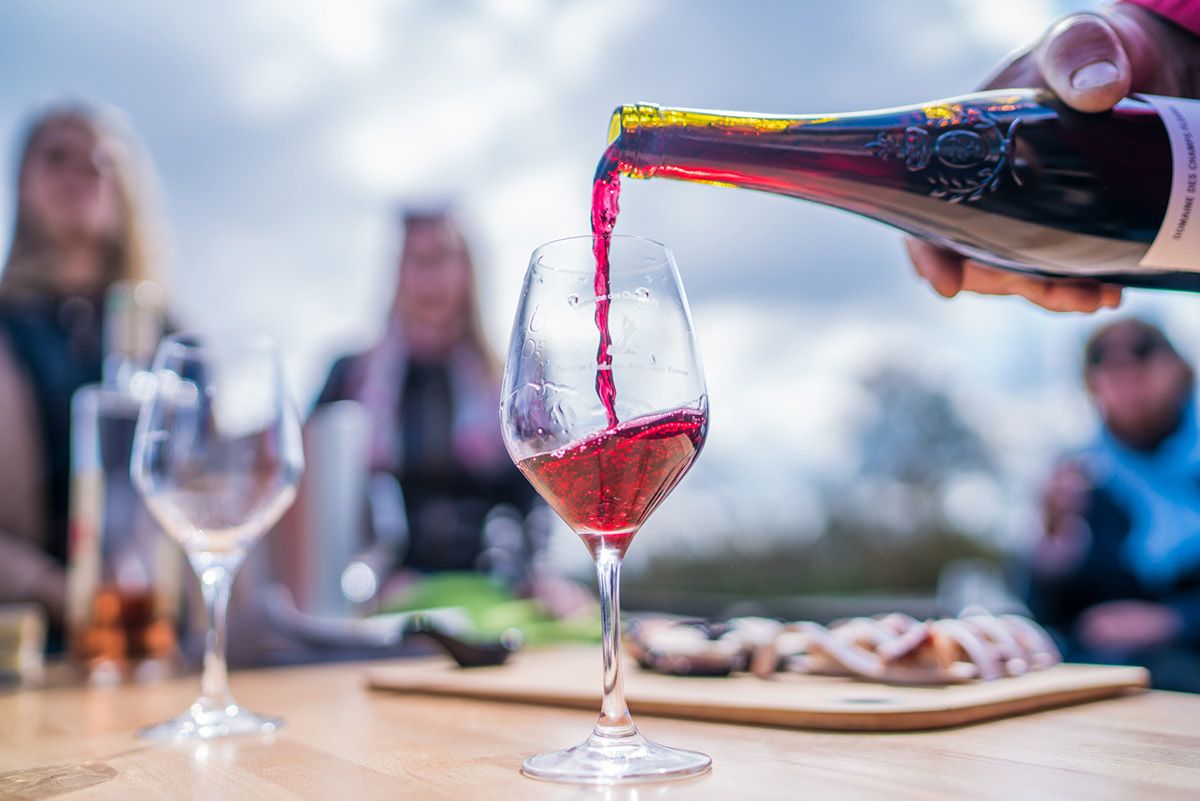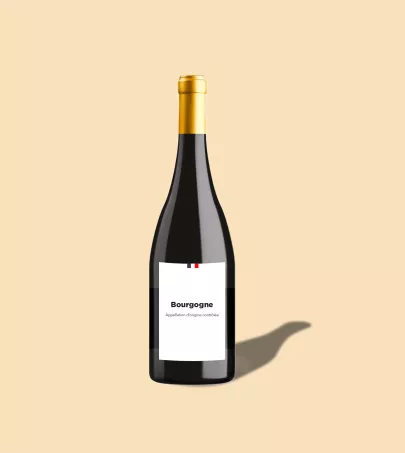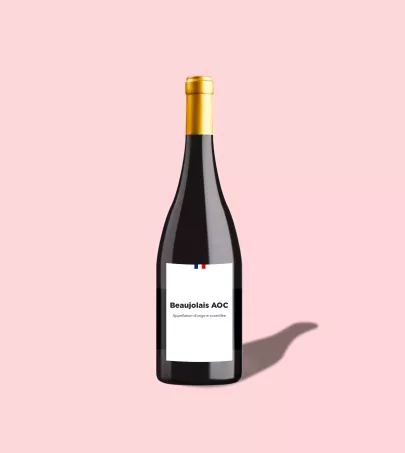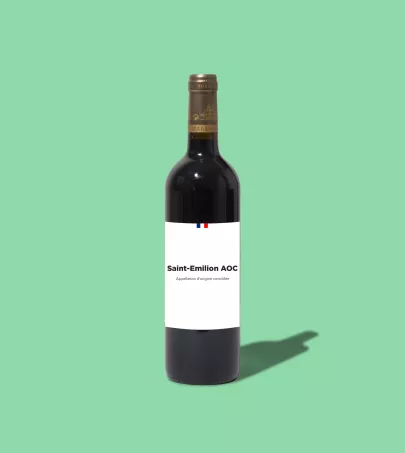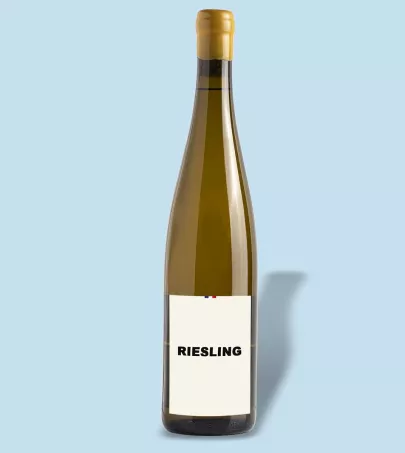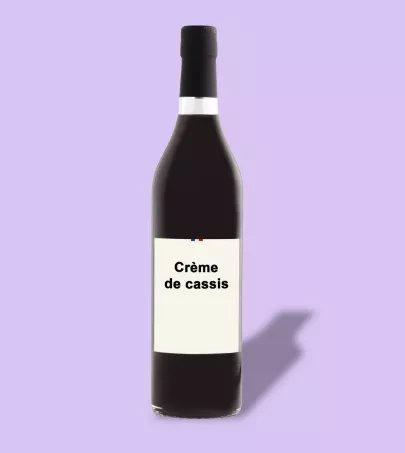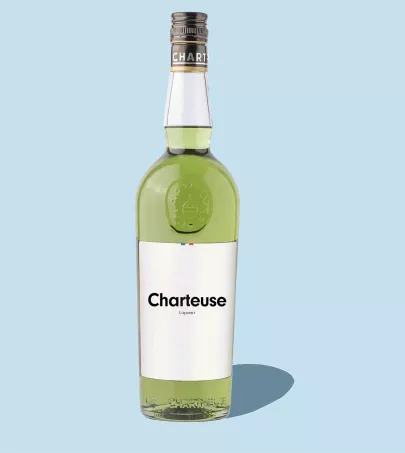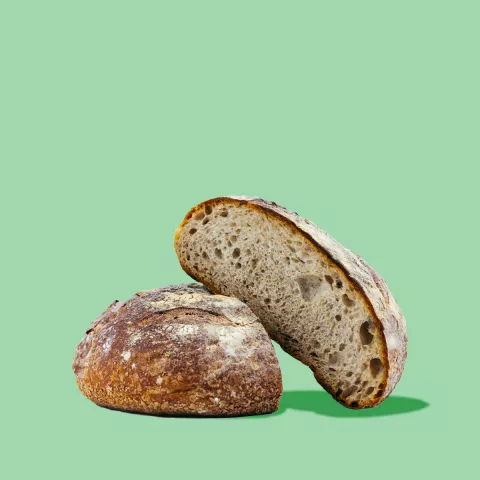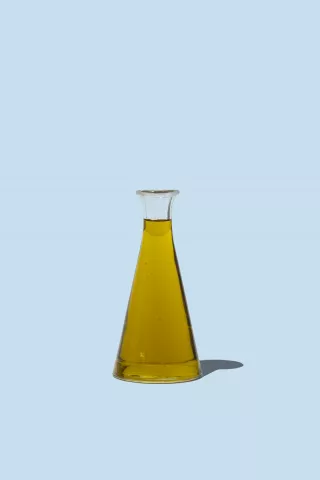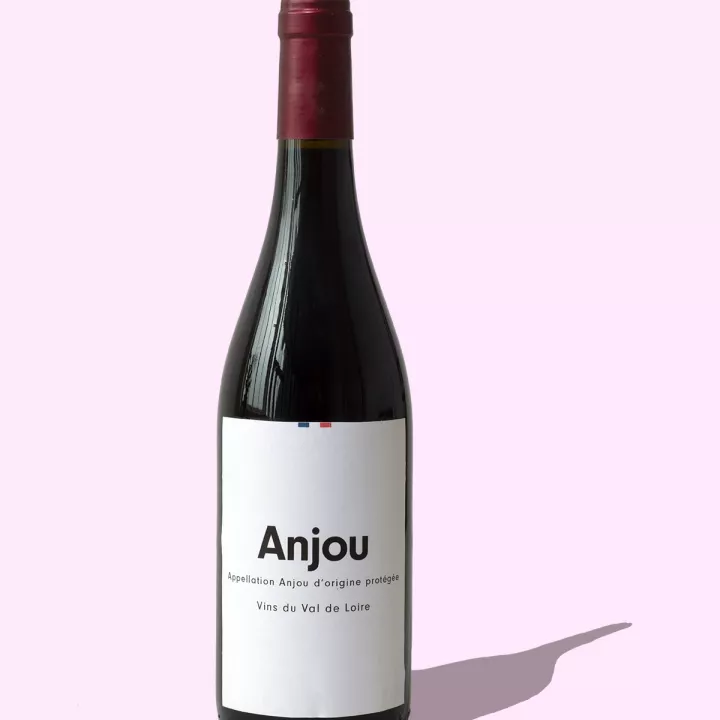
The Anjou protected designation of origin includes white, red, and small-bubble white and rosé sparkling wines. They have a long-standing reputation. In fact, these wines were served at the tables of French and English royalty starting in the 7th century.
What you need to know
During the Middle Ages, monks helped establish the vineyards. Each monastery had its own type of vine. However, it wasn't until the time of Henri II of Plantagenêt, the Count of Anjou, that the wine truly started to take off. When he became King of England in 1154, he served wines from his region. Anjou wines continued to be a mainstay at the tables of French and English royalty for centuries afterwards. This designation includes the Anjou Rouge, Anjou Blanc, Anjou Gamay, and Anjou Fines Bulles PDOs. The varietals used to produce the reds include primarily cabernet-franc and cabernet-sauvignon as well as pineau d'aunis, grolleau, and gamay. White wines are made from mostly chenin grapes as well as sauvignon and chardonnay. The region has a rather dry and temperate oceanic climate with limited temperature variation. The Anjou area is well known for its mild weather.
Characteristics
Smell
Look
Taste
How to use
Storing an Anjou
These wines should be enjoyed young (especially Anjou-Gamay, which is a nouveau wine) or within three years.
Preparing and serving an Anjou
6 °C for the sparkling wines, 10 °C for the white wines, and 16-17 °C for the red wines.
Tasting an Anjou
Serve still wines in a footed wine glass and sparkling varieties in a flute.
Pair with
Charcuterie, red and white meat, and stuffed vegetables go well with the reds. Lobster, flounder, and chicken served in a cream sauce complement the white wines from this region.


